World 🢖 North America 🢖 Canada 🢖 Northwest Territories
Spring tufa, travertine and other formations 🢔 Springs 🢔 Geological wonders 🢔 Categories of wonders
Wonder
Rabbitkettle Tufa Mounds
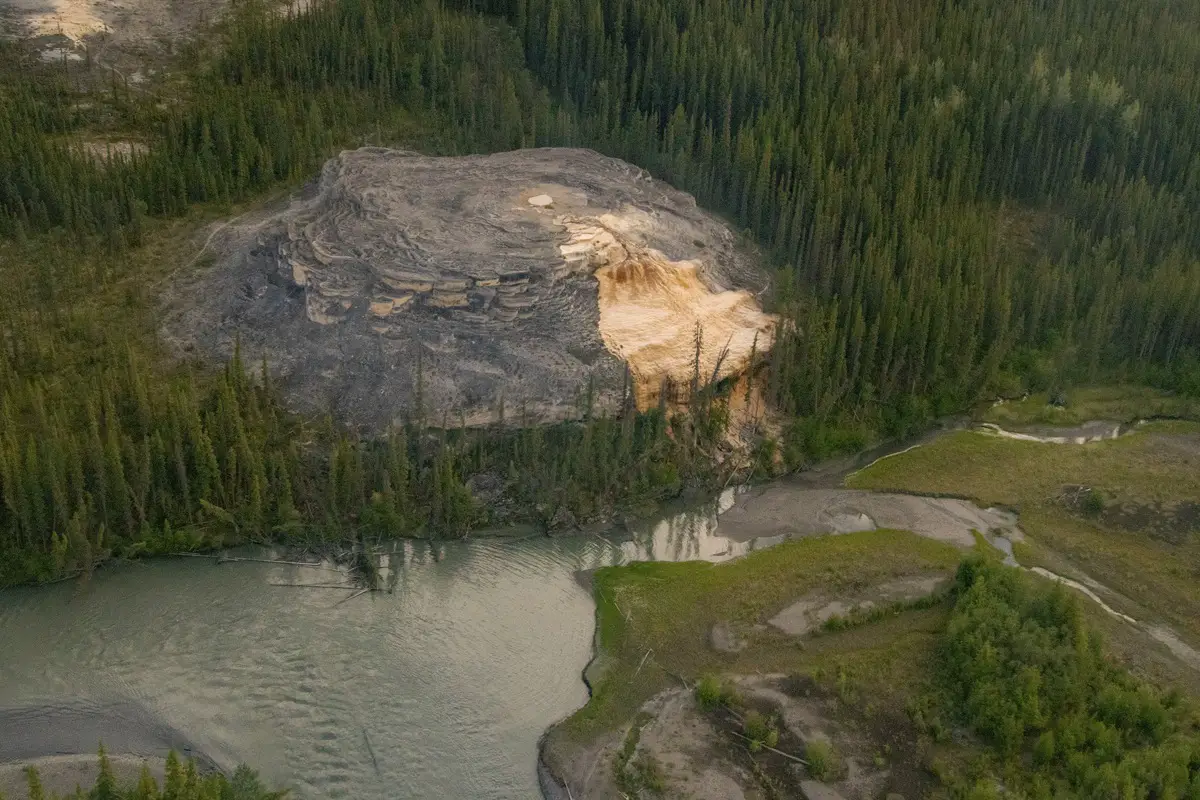
 In short
In short
The largest and most impressive travertine terraces in Canada are Rabbitkettle Tufa Mounds – two unusual hills formed from white and orange travertine with hundreds of smaller rimstone pools and constantly flowing thermal waters.
 48.3%
48.3%
GPS coordinates
Location, address
Temperature of water
UNESCO World Heritage status
Map of the site
If you see this after your page is loaded completely, leafletJS files are missing.
 In detail
In detail
South Nahanni valley
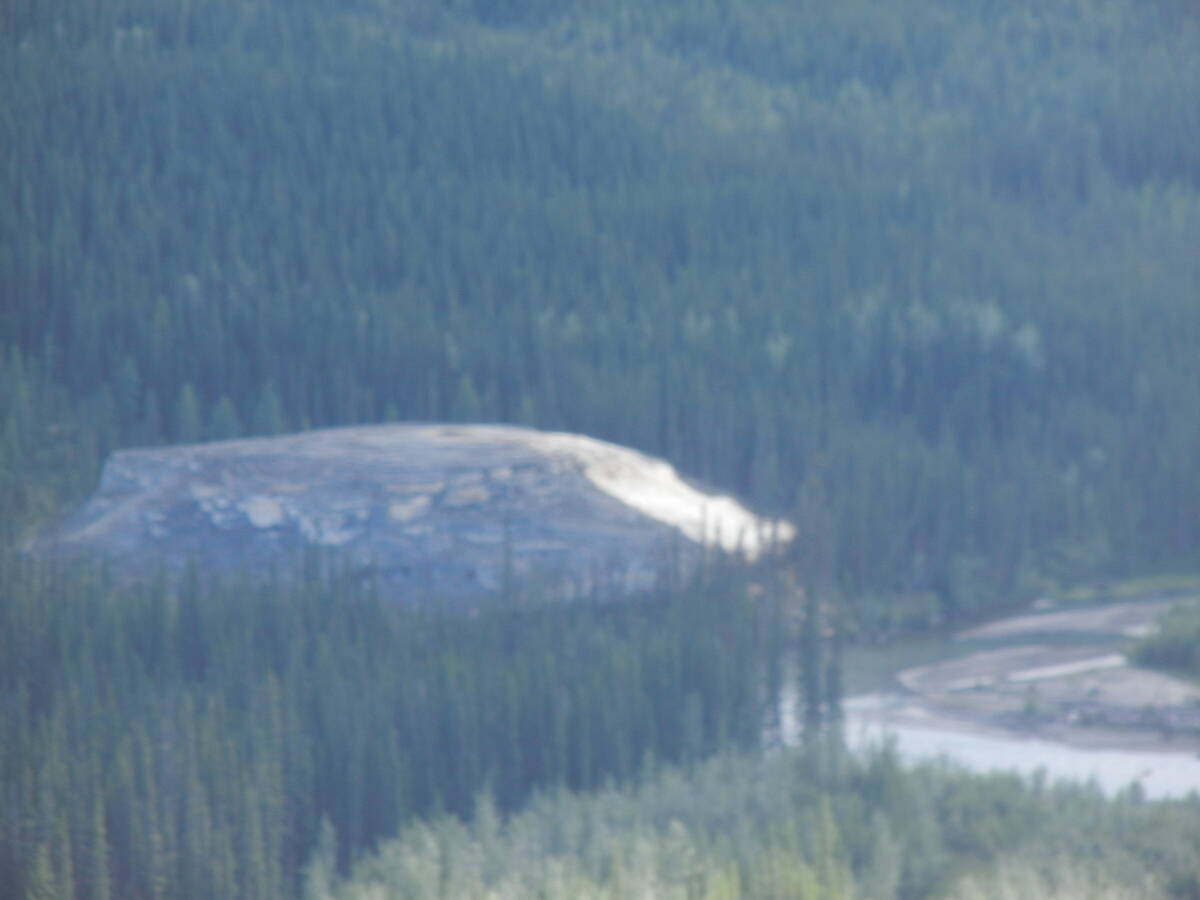
One of the most beautiful wilderness areas in North America and maybe – in the whole world – is the valley of the South Nahanni River. This large northern river flows through dramatic mountains, very deep canyons, and spectacular waterfalls, there are hundreds of caves near the river, and unusual legends, including well-documented cases of unexplained deaths of gold prospectors which, reportedly, were caused by bigfoot.
Two travertine mounds
One of the lesser-known and seldom visited wonders of this river is Rabbitkettle Tufa Mounds – two large hills created by thermal springs.
These are the largest tufa mounds in Canada but not the only ones: even in the valley of South Nahanni, there are several more thermal springs that are depositing travertine.
The largest of Rabbitkettle Tufa Mounds (the northern mound) is located next to the Rabbitkettle River – in fact, the river is washing out the northern side of this hill, and spring water is falling directly in the river.
This hill rises 27.3 m tall above the river and the travertine layer in it is approximately 18.5 m thick. The diameter at the top is some 69 m and at the base – approximately 79 m.
Volume of travertine in the mound is approximately 81,000 m³. Each year the spring here deposits some 5.4 tons of travertine.
From the top of the mound discharges 21° C warm spring from a 6-7 m wide pool which is up to 15.85 m deep.
As the water leaves this main pool, it has colored the travertine in red-brown color by hydrous iron oxide.
Such travertine mound resembles a layered cake – it has a light color and on it, steep rims have formed numerous rimstone pools. Especially beautiful rimstone pools have formed on the north-western slope.
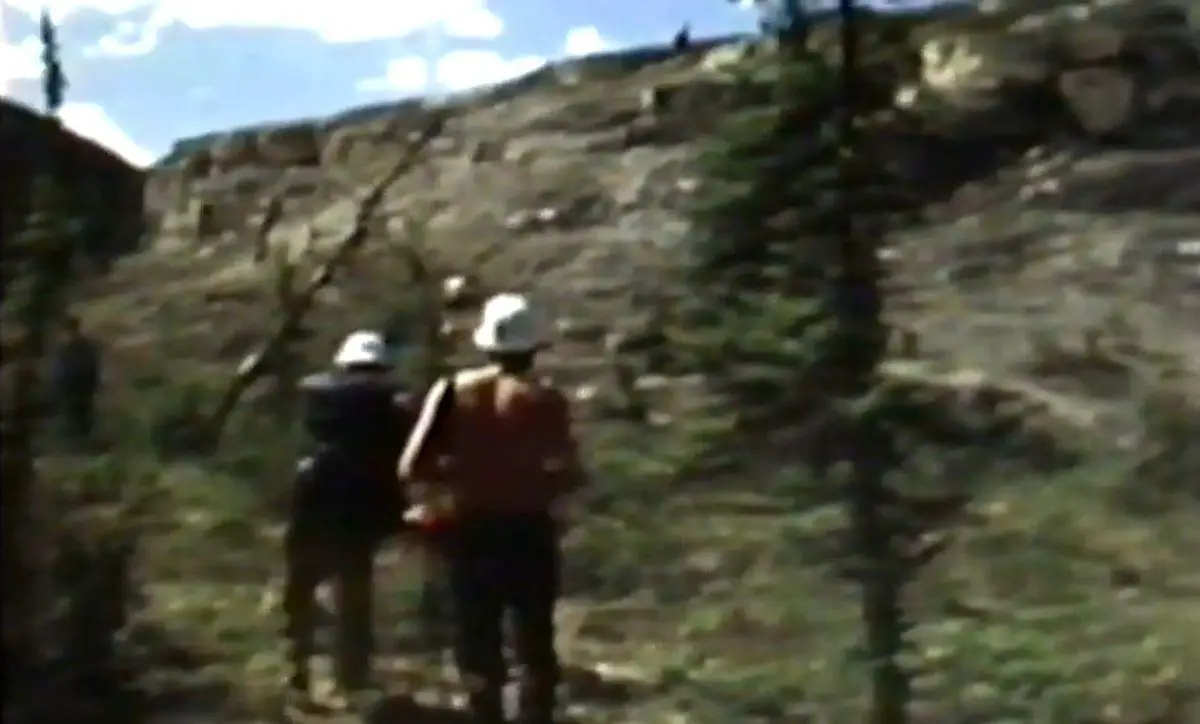
To the south, some 10 m above the first one is the second mound (southern mound) which is considerably smaller. It has two hot springs, 20 ° C warm, each having its own, smaller ponds. Here also are rimstone pools, but the mound is partly covered with vegetation.
One more warm spring is located away from the mounds – it also deposits travertine, but in much lesser amount – some 750 and 12 kg per year from each spring.
Formation
Both travertine mounds have been formed by thermal springs which rise from a depth of approximately 1 kilometer. In this area closer to the surface is located a plume of magma and due to this, there are rather many groups of thermal springs. At the depth of one kilometer, the temperature here is approximately 60 – 69° C.
As the heated water travels upwards, towards the surface, it passes through a thick layer of Cambrian limestones and siltstones, dissolving them. When the water reaches the surface it is some 20° C warm – much more than the medium yearly temperature here: minus 8° C.
Upom reaching the air the carbon dioxide leaves the spring water and the dissolved lime precipitates forming tufa and travertine.
Research shows that the largest, northern tufa mound has formed roughly over the last 10,000 years while the youngest, southern mound has formed over some 7,000 years.
Protection
In the far north the travertine formations are not met frequently – the travertine often is crushed by the frost. Here, in Rabbitkettle additional damage is done by the floods and also by animals.
Earlier many people swam in these rimstone pools and on the mounds formed ugly scars – trails of tourists. Since the 1980ies these fragile formations are strictly protected and one can visit them only accompanied by Parks Canada Staff. It is not allowed to step on the mounds.
This area is not easy to access and not too many people reach it – just a few hundred every year.
References
- Angela L. Gulley. Rabbitkettle Hotsprings, Nahanni National Park Reserve, N.W.T.: A Hydrogeological Study. 1993.
 Linked articles
Linked articles
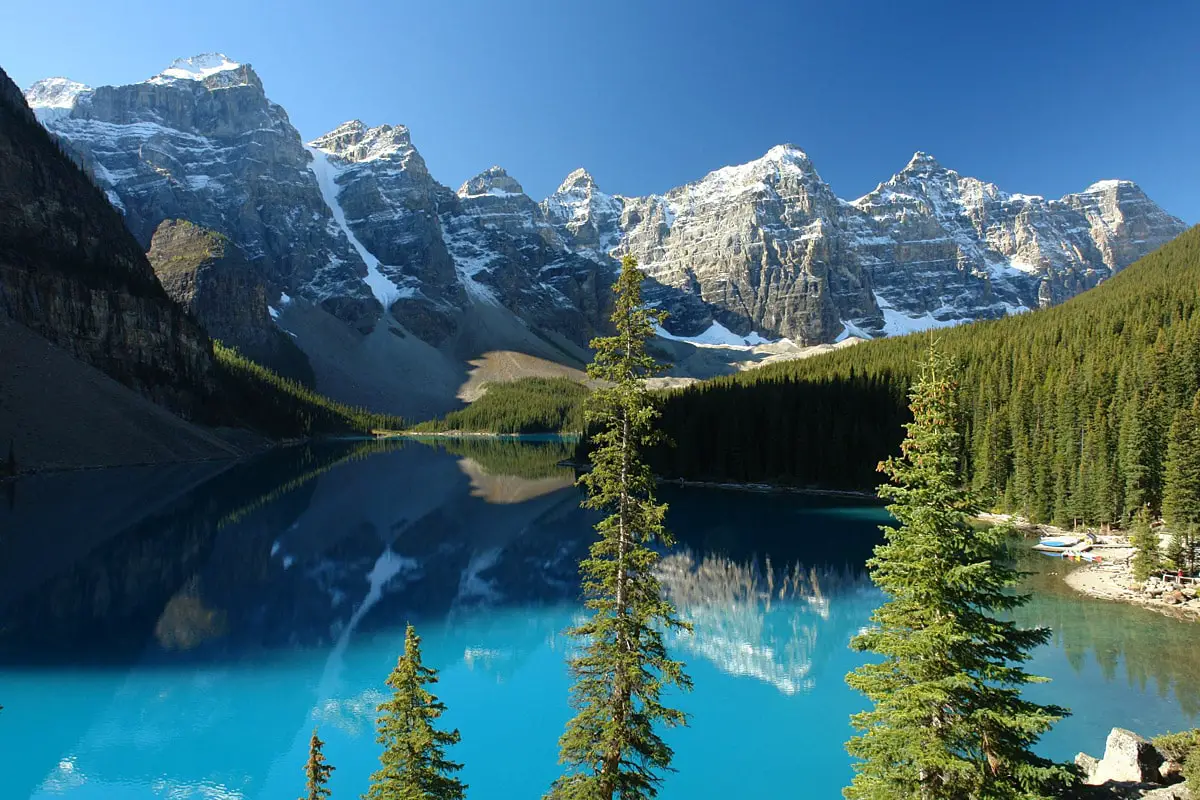
Wonders of Canada
The second largest country in the world (by size) has plenty of landmarks and wonders to offer. Most impressive are natural landmarks, especially the waterfalls, cliffs, and other landmarks in the Canadian mountains.
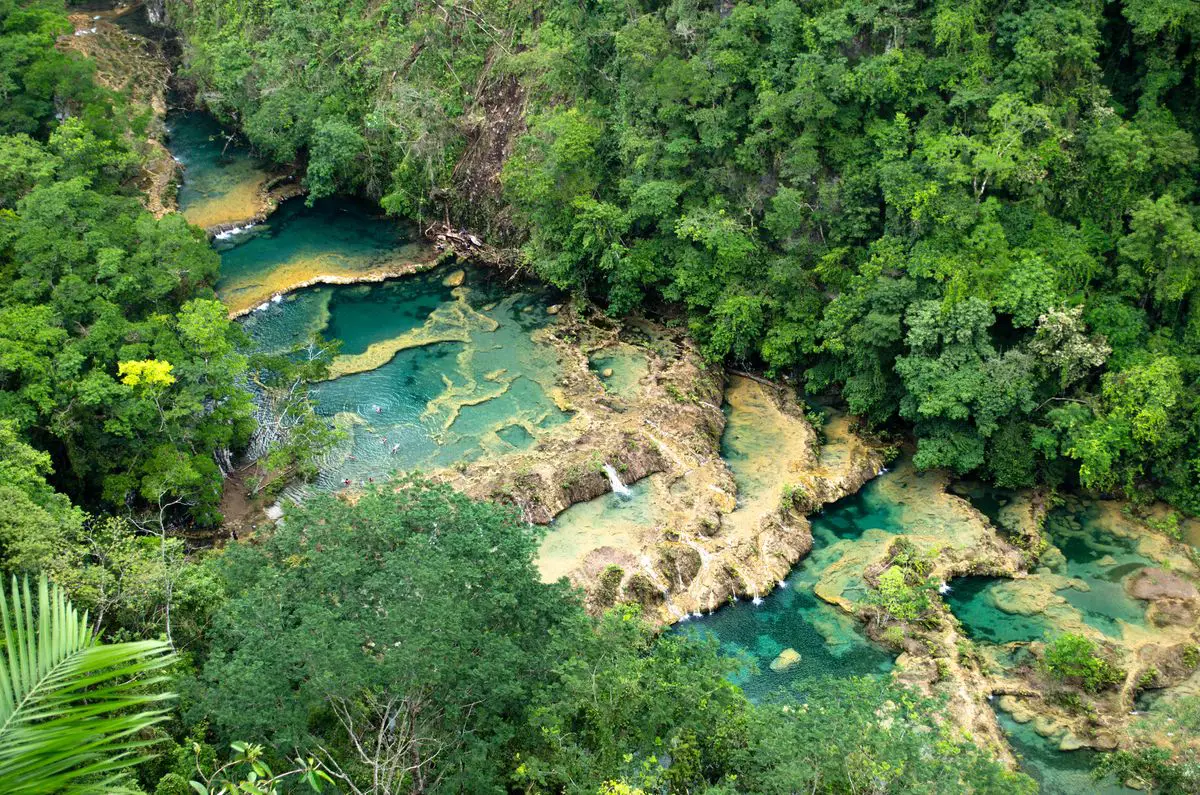
Spring tufa, travertine, and other formations
This category includes very diverse landmarks that have one thing in common: all of them are created by springs that are depositing chemical sediments – silica, carbonates, salt, or other chemical compounds.
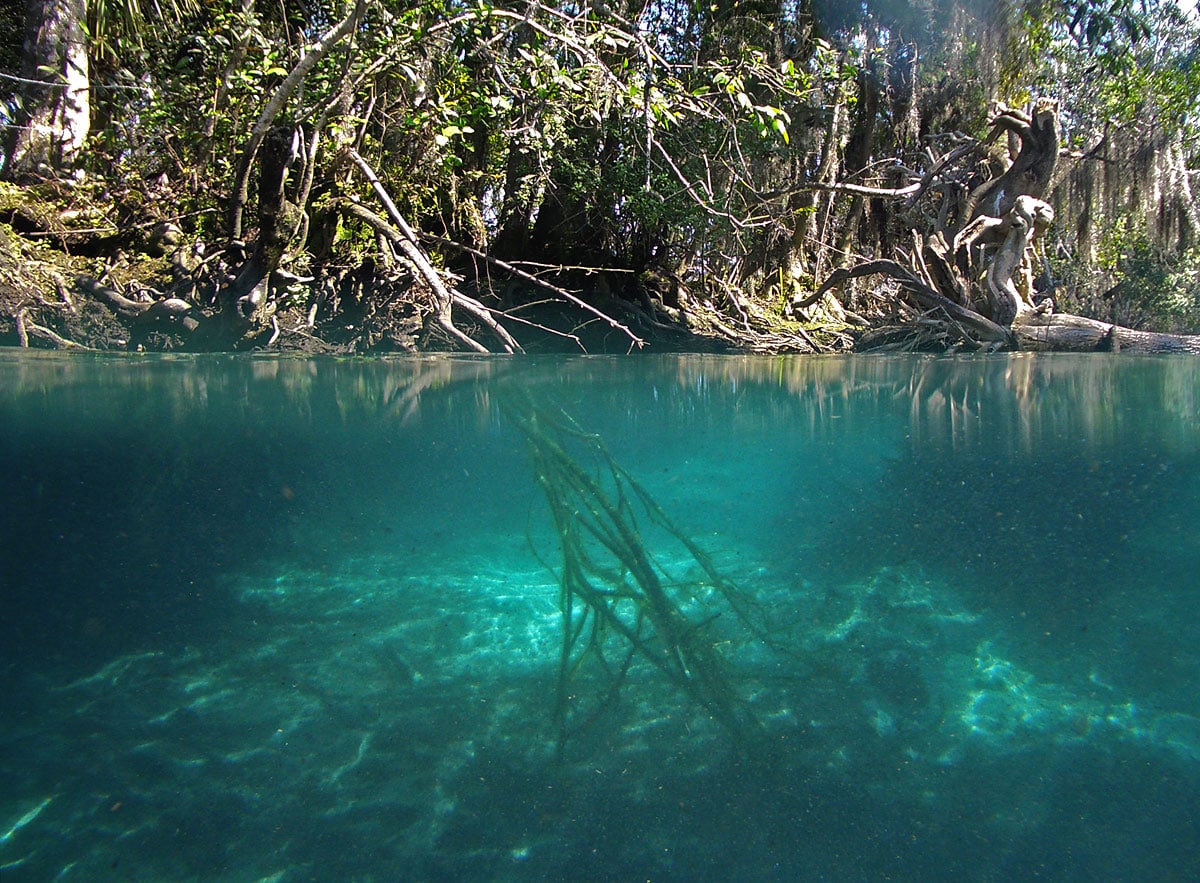
Springs
Powerful natural freshwater springs belong to the most fascinating monuments of nature. Even more exciting is the diversity of unusual springs – mineral springs, hot springs, submarine springs as well as the unusual black smokers. Especially beautiful are such natural rarities as travertine, silica, or salt terraces created by warm and hot springs and, especially, geysers.
 Recommended books
Recommended books
Nahanni Trailhead
The South Nahanni River of Canada’s Northwest Territories has captivated canoeists and mountain adventurers for decades. Imagine flying 4,000 pounds of supplies into the Nahanni River Valley with plans to build a cabin on the shores of the legendary river and live there for a year — on your honeymoon. That is what John and Joanne Moore did.

